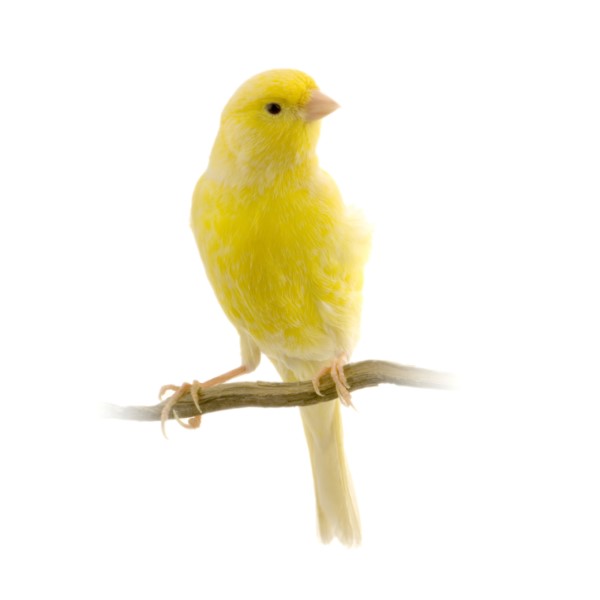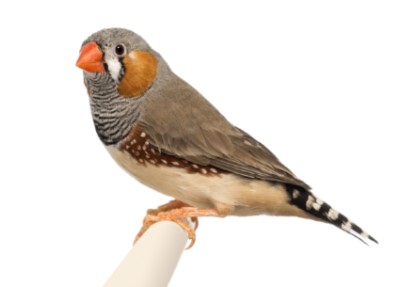Common Reasons for Surrender
Canaries are surrendered because the owner died, the family moved to a new home, a couple has a baby, college student owners go off to school, or an owner marries and the spouse finds the canary annoying.
Pros
Unlike parrots, canaries do not need a lot of human attention. They enjoy solitude and do not require a lot of specialized care. (This can be a pro or a con, depending upon the owner). Families that lead active lives and are not often home may find this pet to be the very best choice for a pet. This bird is a caged bird and does not come out to perch on your finger or fly around the home and possibly hurt itself or destroy valuables or soil the carpet.
Cons
If you live in an apartment where noises can be easily heard next door, your neighbor may enjoy your canary or be annoyed by it. Canaries provide color, life, and song to a home, but they do not perch on your finger and do not like to be touched and petted.
Diet
Some people feed the canary a traditional seed diet but include a supplement especially during molting. Today there are formulated diets that take the guess work out of canary nutrition and are readily available at pet stores. Treats and supplements should include fruits and vegetables such as broccoli, carrots, lettuce, peas, apples, canned corn, grapes (cut in half), and sweet potatoes. The canary is small and will need you to break up larger pieces of food.
Some breeders color-feed their red or orange canaries with carotene, naturally found in red and orange foods such as carrots, cherries, sweet potatoes, and tomatoes.
Keep a cuttlebone in the cage at all times as it is a source of calcium for your bird.
Exercise
Canaries are content to live inside their cages throughout their lifetime. For the most part, a canary gets his exercise by hopping about on perches and swing and toys provided within the cage. People have creatively set up a porch as a free flight area to exercise their bird or created a “bird room” inside the house where the canary is able to fly around and learns to return to his cage.
Possible Health Issues
Canaries are extremely sensitive to fumes from cleaning chemicals, car exhaust, and especially self-cleaning ovens. These birds have been known to get very sick and even die from exposure to non-stick pans that are heated on the stove or pans placed in the oven. The fumes are odorless to humans but can cause death in a bird.
Canaries are susceptible to Canary Pox, a viral disease which shows blisters on the skin around her eyes or legs. As with any bird, canaries can be infested by fleas, lice, or mites. If your canary is plucking his feathers, it could be from stress or from parasites. Feather plucking and feather cysts are a sign of disease and you should take your canary to the veterinarian.
Older canaries can develop scaly legs.
Housing
Canaries are kept inside the cage and can be kept in any size dwelling, as long as neighbors do not mind the male canary’s song. The canary likes to be kept at your chest level or higher, a secure height for this bird. You may want to buy your canary a full-spectrum light, which helps the bird assimilate nutrients and can show off her flashy coloring.
Canaries are becoming a popular addition to senior centers which, under normal circumstances, can be a sterile and boring environment. Seniors develop a relationship with the birds and bring treats for them. Canaries can learn to be sociable when displayed in public.
Grooming
Unlike other domesticated birds, canaries do not need their wings clipped. You should clip or file just the tip of the canary’s toenails when they grow too long. Every morning, unless your home is unusually cold, you may offer your canary a warm bath in a shallow dish. Make sure your canary’s home looks fresh and clean water and feed dishes daily.
Training
Don’t place your bird close to the television or speakers as this can be over stimulating to your talented singer. The canary will usually sing when he is happy, and the placement of his cage is a very big part of his comfort. So place your bird up high near a window with plenty of light but not so much that it gets hot during the day. If you play your favorite music in your home, the canary may pick up a favorite tune. Your bird may enjoy listening to the music on the radio when you leave the house.
Entertainment
|
|
Choose toys that are small, bright, and glittery that will entertain your canary. Perches and swings are great fun for the canary, and they enjoy toys that are held together with bristles that they can pick apart.
ADDITIONAL RESOURCES VIDEOS
National Finch and Softbill Society
We want to thank Feathered Friends Forever, Harlem, Georgia, and Avian Rescue Corporation (ARC), Concord, California, for help with this profile.



